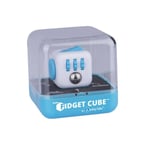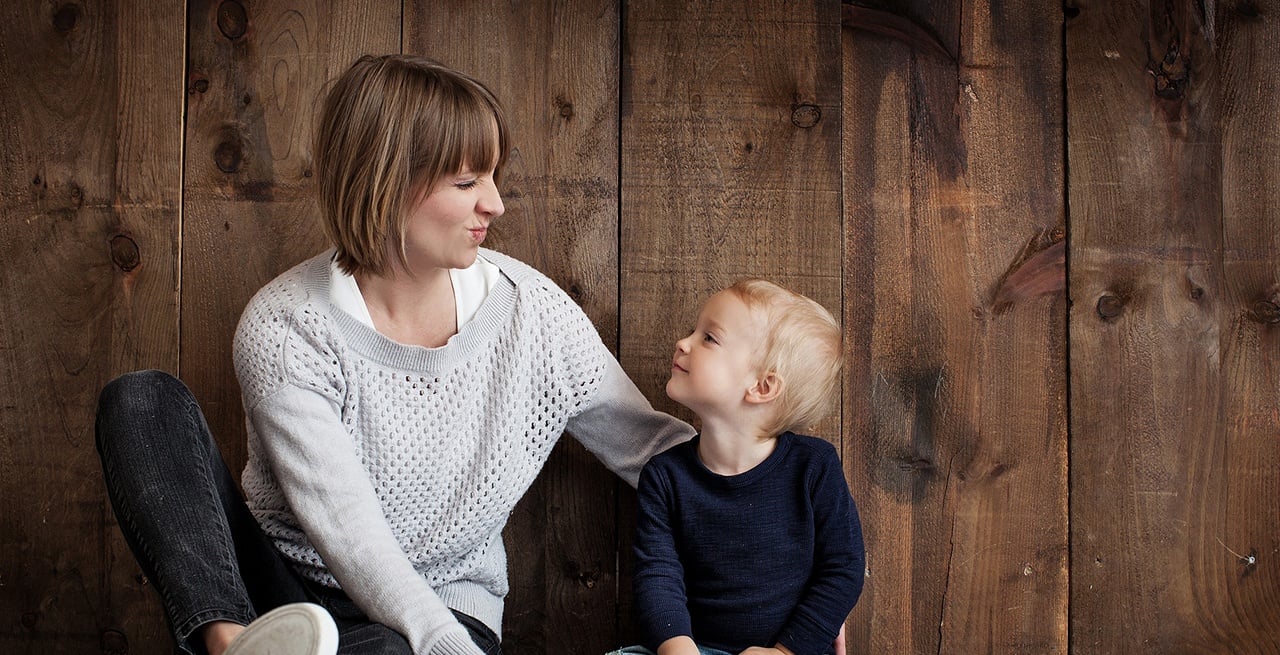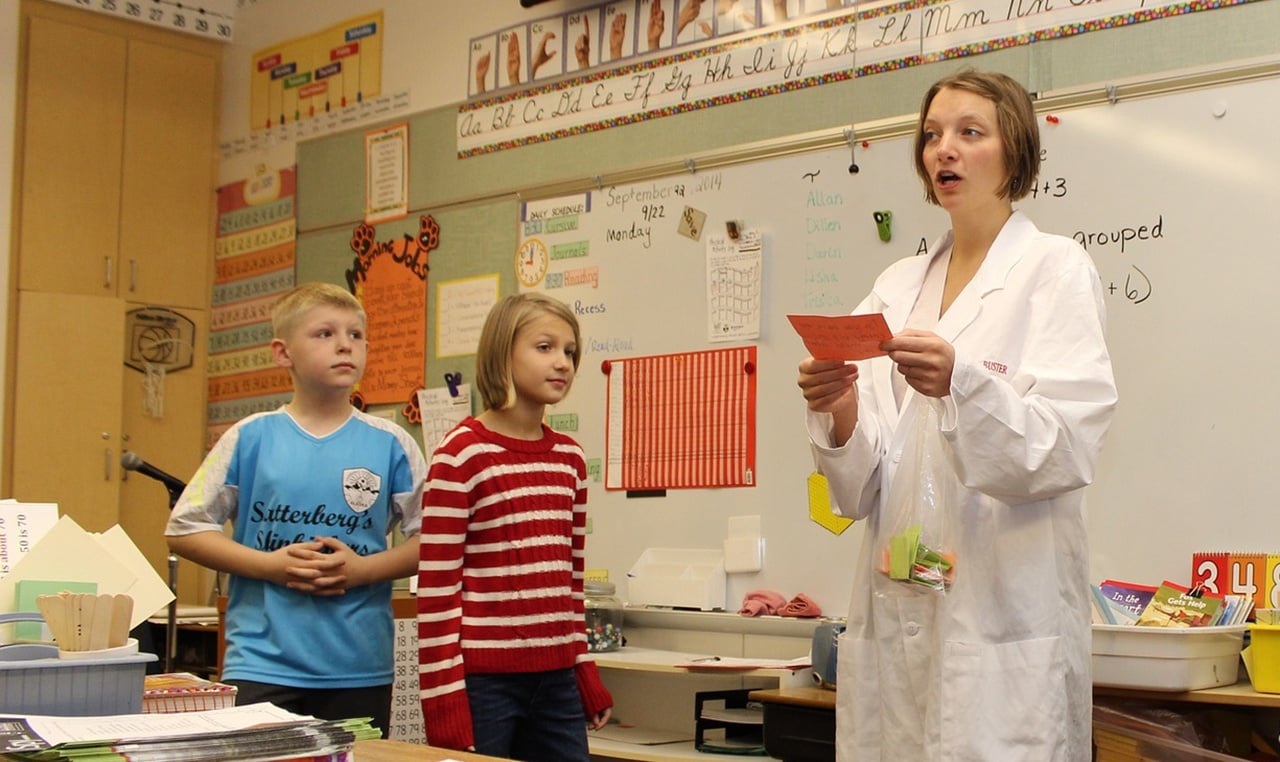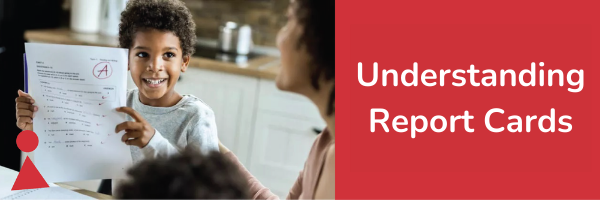Whether it’s the first day of school or something as simple as going over to a friend’s house to play, anxiety can be triggered anywhere at any time. Although most kids will never get a diagnosis, it’s very common that anxiety starts in children between the ages of 3 and 4.
1 in 10 children will experience life-interfering worry that qualifies as an anxiety disorder, and this can be difficult for parents to understand, especially considering anxiety isn’t something easily explainable.
Luckily, there are a lot of great psychologists out there looking into ways parents can help their child cope with, express, and concur this anxiety on a day-to-day basis. Next time your child experiences anxiety, try one of these coping methods to help them face the day.
Give anxiety a name
The goal isn’t to eliminate anxiety—that’s just unrealistic—but to help a child manage it. Anxiety is a normal emotion and is something we should talk about with our children. One of the best ways to help a child overcome their anxiety isn’t to try and remove the stressors in their life that trigger it, but to help them learn to tolerate what causes them the anxiety and teach them how to cope with that.
As a child learns how to cope, address, and recognize what causes them anxiety in their environment, the feeling of anxiety will slowly begin to decrease over time. What once was unfamiliar and obscure can eventually become a norm, which helps manage the feeling of fret when confronting this type of situation.
“Anxiety can be helpful; it’s just when it becomes disproportionate to the fear that it becomes a problem,” says Susan MacKenzie, psychologist and medical head of Child, Youth and Family Service at the Centre for Addiction and Mental Health in Toronto.
Face those fears one step at a time
Try not to avoid the things that cause anxiety in a child, having children avoid the things that cause fear in them is only a temporary fix, and not a very good one. If there is one thing that feeds anxiety, it’s avoidance. When you avoid the things that causes a child anxiety, they’re not really learning how to manage and address how they feel but are learning how to ignore and bottle it up.
We're not saying it's going to be easy. Facing the cause of the fear head on can be very difficult, especially if you must watch your child suffer; but breaking it down into small steps can help make facing the fear easier. For example: if your child has separation anxiety when being left with the babysitter, try having the babysitter come over and play while you [the parent] are still home. This will help ease your child into the company of that new person in their life, and make them feel more comfortable in the presence of strangers.
Practicing this is key, and taking anxiety one step at a time is a great way to help your child learn how to cope
Express positive—but realistic—expectations.
You can’t promise a child that their fears are unrealistic, but you can express confidence that things will be OK. There is a fine balance here, though, as constant reassurance can lead to negative coping mechanism. If you’re constantly reassuring your child, then they will continue to look to you or to others for positive reassurance. If that need is not met it could lead to their anxiety worsening.
Your little worrier may constantly ask you “what if” questions—“what if the house burns down?” “what if they laugh at me?”—and your first instinct is going to be to reassure them that “everything will be OK”. Try to avoid this. Instead, put the question back at them: "What if that did happen? What would you do?" Asking your child to work through their own question helps them learn how to take a step back, evaluate the situation, and eventually combat that fear with realistic outcome. This technique also builds problem solving skills that will help your child become more confident in their surrounding.
If your child doesn’t know what to do/how to think through their situation when you put it back on them, walk them through the situation in a realistic matter. Doing this is a way of helping your child face their fear and realize those situations are manageable… and also far and few between.
Respect your child’s anxious feelings, but don’t empower them
It’s important to understand that validation doesn’t always mean agreement. So, if a child is terrified about going to the doctor because they’re due for a booster, you don’t want to belittle their fears, but you also don’t want to amplify them. Listen and be empathetic. Use the techniques above to help your child understand what they’re anxious about and encourage them to feel that they can face their fears. The message you’re trying to send to them is, “I know you’re scared, and that’s okay. You are going to get through this.”
Fidget toys and weighted items.
Looking for a positive physical coping mechanism to help with those first steps? Scholar’s Choice offers a variety of fidget toys and weighted items to help children concur their anxiety one day at a time.




from left to right: calming comforter weighted blanket, manimo weighted snake silver, weighted denim vest, fidget cube by zuru
Our toys and weighted items are here to help your child feel calm while facing the big world beyond their door. Fidget toys provide children with a distraction outlet, though they're fidgeting the toy helps to filter out overwhelming sensory information that may be cause anxiety. While our weighted items help children understand where their body is in relation to the space around them. They don't feel as exposed to the world and therefore feel more confident in their surroundings.
There are so many techniques and tools that are effective and positive ways to help your child manage their anxiety. So, now we turn the question to you: is there a technique that works best for your child?








.png)